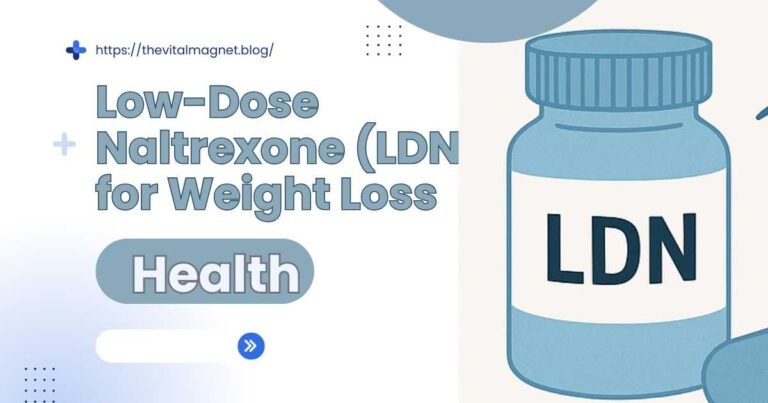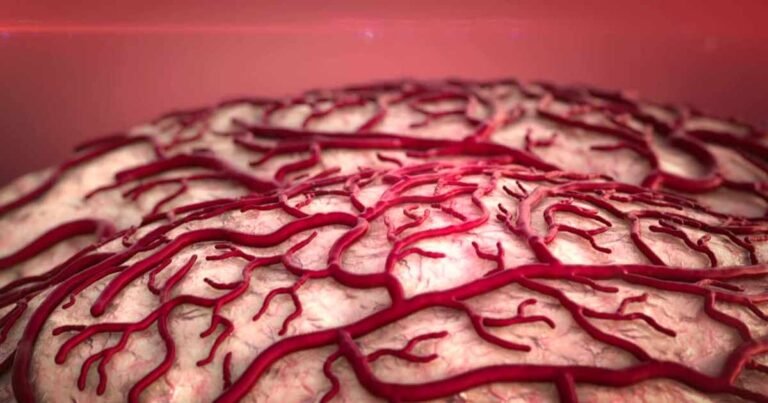Normal Turbinate Shadow Health: What It Means & When to Act

When your radiology report mentions a “normal turbinate shadow,” it can raise questions—especially if you’re already experiencing nasal discomfort. But what does it really mean? Should you worry? In most cases, a normal turbinate shadow indicates healthy nasal structures. In this comprehensive guide, we’ll explore everything you need to know about turbinate shadows—from their role in breathing to how imaging helps doctors understand sinus health. We’ll share expert insights, real patient stories, and practical advice so you can take charge of your nasal health with confidence.
What Are Turbinates and Why Do They Matter?
Turbinates are bony, spiral-shaped structures located inside your nose. They play a crucial role in warming, humidifying, and filtering the air before it reaches your lungs. Each side of the nasal cavity contains three turbinates: inferior, middle, and superior. Covered in mucous membrane, they also act as your first line of defense against allergens and pollutants.
Imaging scans such as CT or X-rays are commonly used to observe the size, position, and density of these turbinates. A normal turbinate shadow means that the structure appears healthy and shows no signs of swelling, blockage, or deformity. It’s a positive finding.
Why Turbinate Shadows Appear in Scans
In radiology, the term “shadow” refers to the appearance of tissues on imaging. Denser tissues block more rays, creating shadows. In this context, a normal turbinate shadow means the turbinates are well-shaped, evenly positioned, and free of inflammation.
Functions of Turbinates:
- Warm and moisten inhaled air
- Filter out dust and allergens
- Regulate airflow
- Support respiratory health
Real Example: Sarah, a teacher with recurring sinus issues, underwent a CT scan. Her report showed a normal turbinate shadow. Instead of sinus infection, she was diagnosed with seasonal allergies and managed well with antihistamines.
What Does a Normal Turbinate Shadow Indicate?
When your radiology report says you have a normal turbinate shadow, it’s generally good news. It suggests:
- No nasal obstruction
- No mucosal swelling
- Healthy nasal airflow
Table: Comparing Normal and Abnormal Turbinate Shadows
| Feature | Normal Shadow | Abnormal Shadow |
|---|---|---|
| Size | Symmetrical | Enlarged or distorted |
| Airflow | Unobstructed | Blocked or impaired |
| Associated Symptoms | Minimal or none | Congestion, infections |
| Action Required | Routine monitoring | Medical evaluation needed |
When It’s Safe to Relax
- No facial pressure or sinus pain
- Easy nasal breathing
- Clear mucus or none at all
- Rare infections or headaches
Real Example: Tom, a long-distance runner, felt dryness in his nasal passages. A CT scan showed normal turbinate shadows. His doctor suggested using a humidifier—no medication was required.
When Turbinate Shadows Signal a Problem
Not all turbinate shadows are normal. Sometimes, abnormalities are detected that require further evaluation. Swollen or inflamed turbinates may appear distorted, thickened, or asymmetrical in scans. These signs can point to underlying issues like:
- Chronic allergies
- Sinusitis
- Nasal polyps
- Deviated septum
Warning Signs to Watch
- Persistent nasal congestion
- Recurring sinus infections
- Difficulty breathing through one nostril
- Facial pressure and headaches
What Doctors Assess in Scans
ENT specialists look at:
- Size and symmetry
- Clarity of sinus openings
- Tissue density
Red Flags in Imaging:
- Only one turbinate appears enlarged
- Blockage of sinus drainage pathways
- Combined fluid and tissue density
- Chronic headaches with nasal symptoms
Real Example: Diana had severe migraines misdiagnosed as stress. A CT scan revealed abnormal turbinate shadows caused by rhinitis. With proper treatment, her symptoms disappeared.
Diagnosis and Treatment Options
How ENTs Diagnose Turbinate Issues
If abnormalities are suspected, your ENT will likely conduct:
- Detailed history and symptom review
- Physical nasal examination
- CT or X-ray imaging
- Allergy testing if inflammation is suspected
Common Treatment Options
Depending on severity, treatment might include:
- Nasal sprays (steroids or antihistamines)
- Allergy medications
- Short-term decongestants
- Turbinate reduction surgery (in severe cases)
Non-Surgical Relief Tips
- Use saline nasal sprays to keep passages moist
- Try a humidifier at home
- Avoid allergens like smoke and dust
- Perform nasal irrigation with a neti pot
Real Example: Ryan, a frequent flyer, developed chronic sinus pressure. Imaging showed swollen turbinates. With regular nasal irrigation and antihistamines, he avoided surgery and regained comfort.
Final Thoughts: Understanding the Shadow
Getting a scan report that mentions your turbinates can feel confusing. But remember: a normal turbinate shadow is a positive result. It means your nasal structures are doing their job well. If you have ongoing symptoms, they might be related to allergies, dryness, or environmental factors—not structural issues.
FAQs About Normal Turbinate Shadow Health
Q1: Is a normal turbinate shadow a good sign?
Yes, it means your nasal tissues are healthy and unobstructed.
Q2: Can I still have symptoms with a normal shadow?
Yes. Symptoms like dryness or allergies may exist without affecting the turbinates.
Q3: What scans reveal turbinate shadows?
CT scans and sinus-focused X-rays are most commonly used.
Q4: Should I be concerned about one abnormal turbinate?
Yes. Unilateral issues could point to localized inflammation or other concerns.
Q5: Are turbinate shadows always visible in scans?
If the scan is aimed at nasal passages or sinuses, they should appear clearly.






